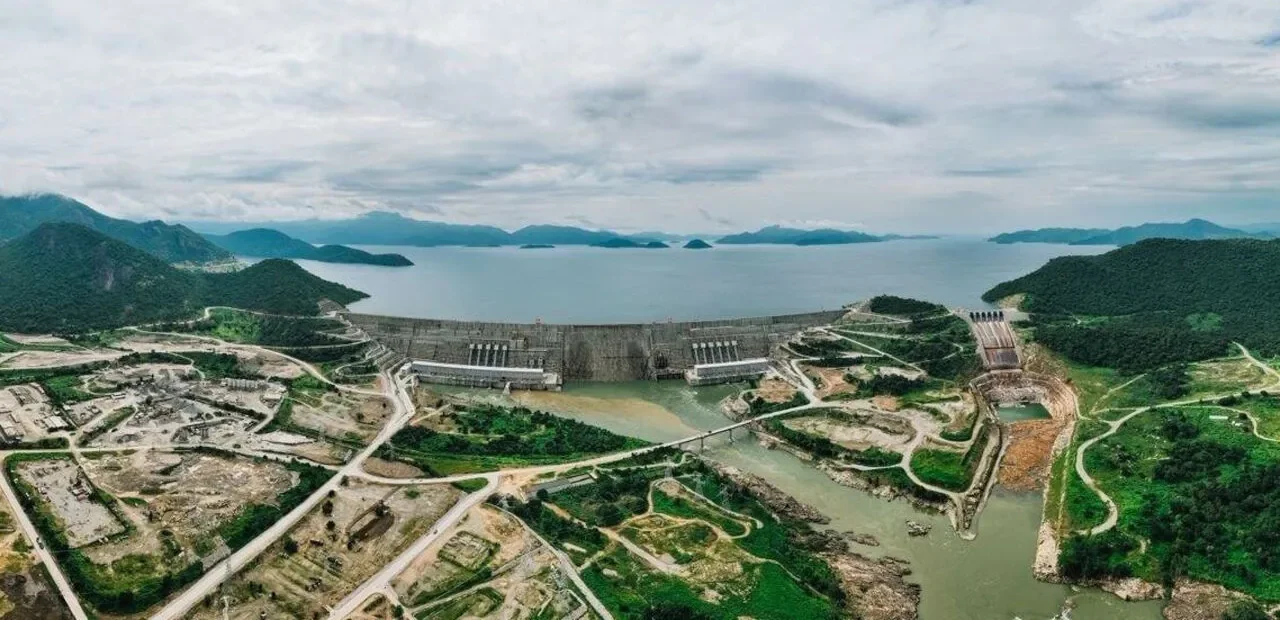The Grand Ethiopian Renaissance Dam (GERD), officially opened on Tuesday, is ranked 15th globally for electricity production, boasting a capacity of 5,150 megawatts (MW), as reported by the US-based Global Energy Monitor.
The data, released in April and examined by AFP, indicated that only China, Brazil, Venezuela, Russia, and Canada manage dams with similar or higher capacity.
In Africa, the GERD has replaced the Kariba Dam, which was inaugurated in 1959 on the Zambezi River. It serves as the primary source of hydropower for Zambia and Zimbabwe, featuring a capacity of 2,130 MW.
Ethiopia’s dam is anticipated to maintain the African record for a prolonged period.
Another significant project on the continent — recently beginning construction — is Inga III on the Congo River in the Democratic Republic of Congo, which aims for a power capacity of 4,800 MW, although the World Bank indicates it could possibly attain 11,000 MW based on the design choices.
At 170 metres, the GERD ranks as one of the tallest dams in Africa, following the Gilgel Gibe III Dam (243 m) on Ethiopia’s Omo River, which was inaugurated in 2016, and the Katse Dam on the Malibamatso River in Lesotho (185 m).
The world’s two largest hydroelectric dams are situated in China, which entered the sector many decades ago to support its rapid economic growth and reduce its reliance on coal.
The biggest is the Three Gorges Dam (22,500 MW, 185 m tall), next to the Baihetan Dam (16,000 MW, 289 m), both situated on the Yangtze, the longest river in China





